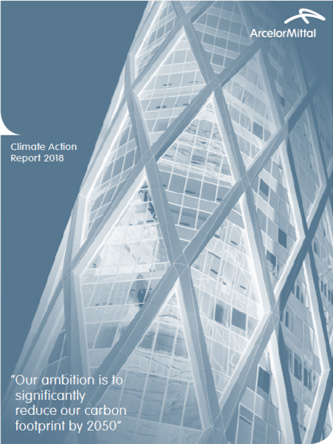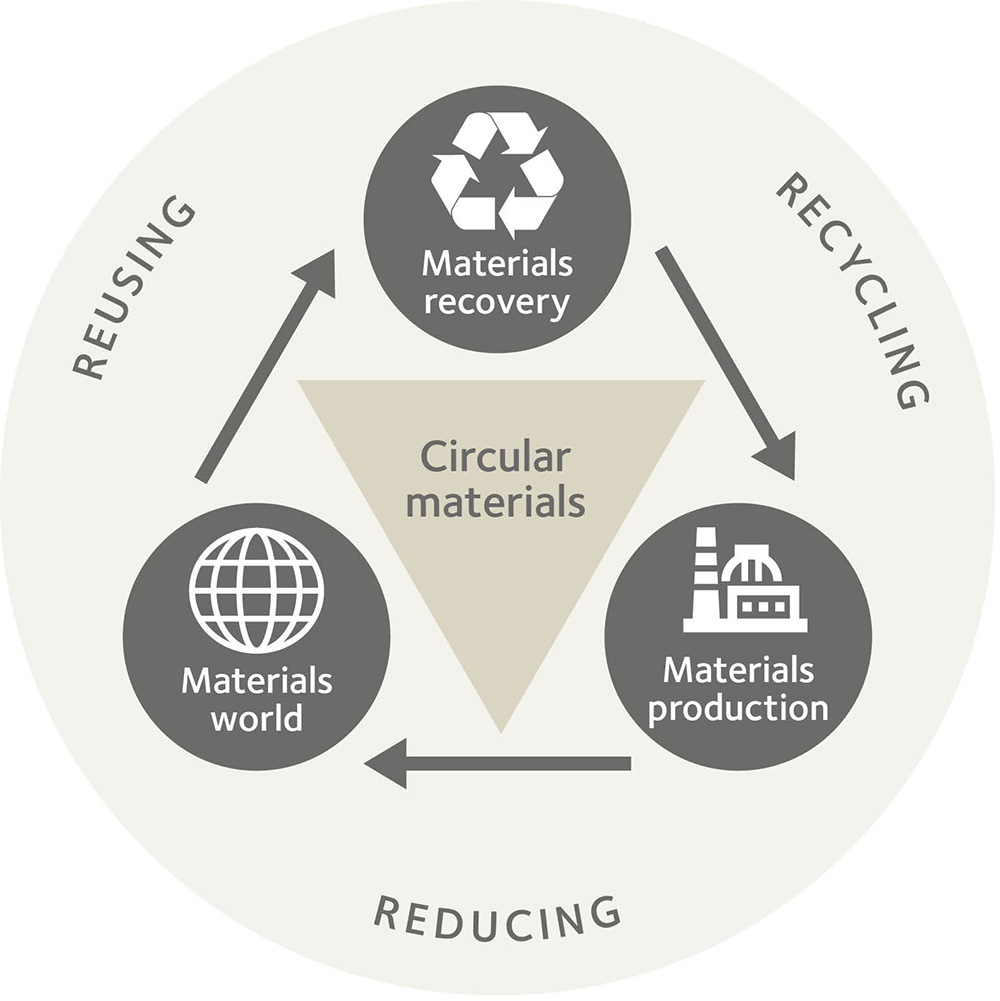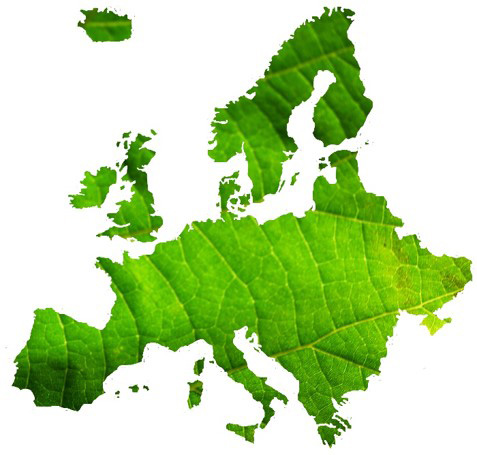
ArcelorMittal Europe – Flat Products

ArcelorMittal Europe – Flat Products
ArcelorMittal and Chantiers de l’Atlantique agree long-term contract for shipbuilding steels. Read more
But the report does more than stating our ambitions; it tells the story of how we think the steel sector can decarbonise.
As a company, we are actively testing new technologies and exploring low emission steelmaking techniques which will help us meet our carbon-neutral ambition.
Many of these pilot projects are being built in ArcelorMittal Europe – Flat Products’ sites.



In Gent, we’re progressing with our project to revolutionise blast furnace carbon emissions capture, by making bioethanol from carbon off-gases produced during the steelmaking process.
In Dunkirk, we’re working on a project to capture waste CO2 from the blast furnace and convert it into a synthetic gas that can be reinjected into the blast furnace in place of fossil fuels to reduce iron ore.
And in ArcelorMittal’s Long Products plant in Hamburg, we’re building an industrial scale pilot plant to use hydrogen in the direct reduction of iron ore.
In short, we’re exploring the full range of possible technology pathways, depending on which becomes the most viable in the countries and regions where we operate.
For our business, it shows a credible commitment to meeting the objectives of the Paris Agreement.
But to deliver on this commitment, we also need support from policy makers. This is particularly important in Europe where we face the challenge and costs of decarbonising while competing against an increasing tide of steel imports from less regulated markets where steelmakers do not bear the same costs associated with emissions legislation.
In short, steel’s ability to decarbonise depends to a large extent on supportive policies.
In addition to a series of global policy recommendations, our Climate Action Report includes specific requirements for Europe. Key among them is a ‘green border’ adjustment which incentivises long-term investment in carbon efficiency and low-emission technologies, and creates a level playing field. This would see steel importers pay for the embedded CO2 emissions of their steel at the same rate as European manufacturers, safeguarding the competitiveness of the local steel industry.

Another important issue for European steelmakers is access to abundant and affordable clean energy. This is currently not available nor economically viable in Europe. Improvements are therefore needed in the EU state aid rules for energy and environment to enable the roll out of low-emissions steelmaking.
With steel demand forecast to rise to 2.6 billion tonnes by 2050 (from 1.8 billion tonnes in 2018), the time to invest in low-emission technologies is now.
While the challenge is huge and we have a lot of work to do, I believe that as the world’s leading steel company, we are best placed to find the solutions we need.
To ensure we fulfil our carbon-neutral ambition by 2050, we are also asking for the support of regulators, technology partners, investors, and society to achieve that goal.
